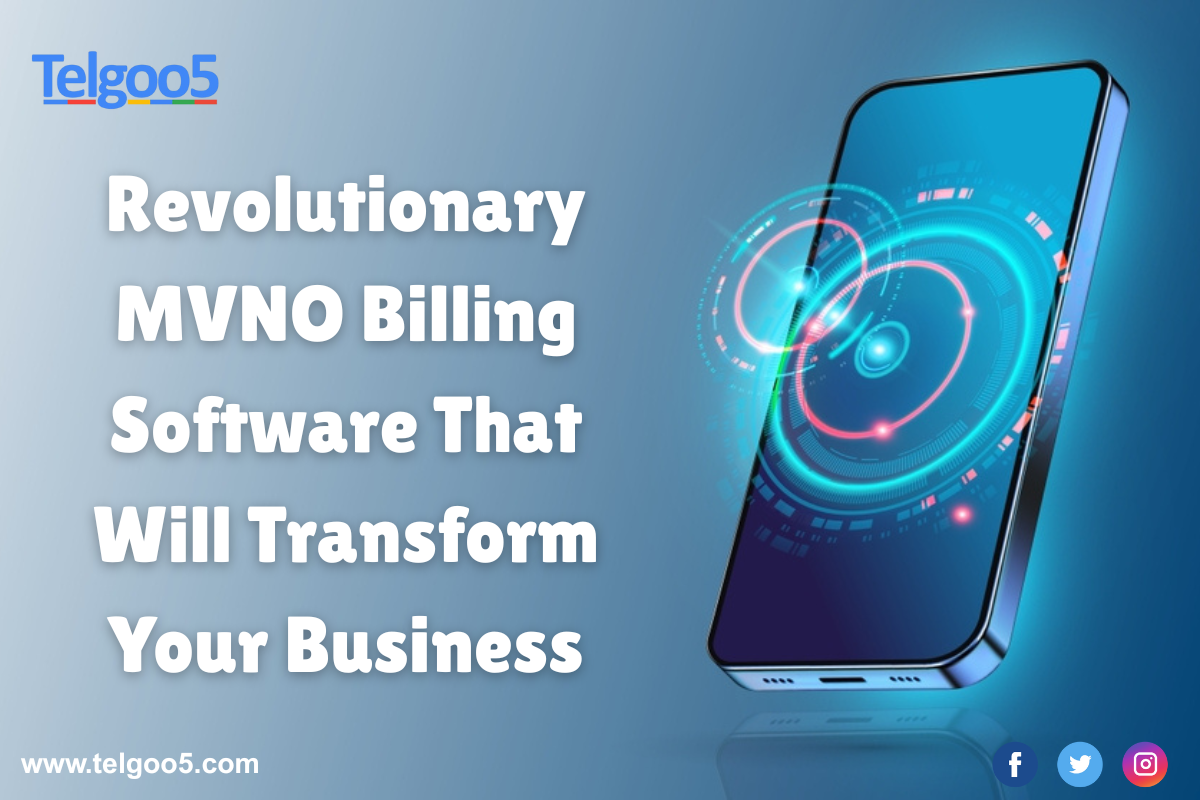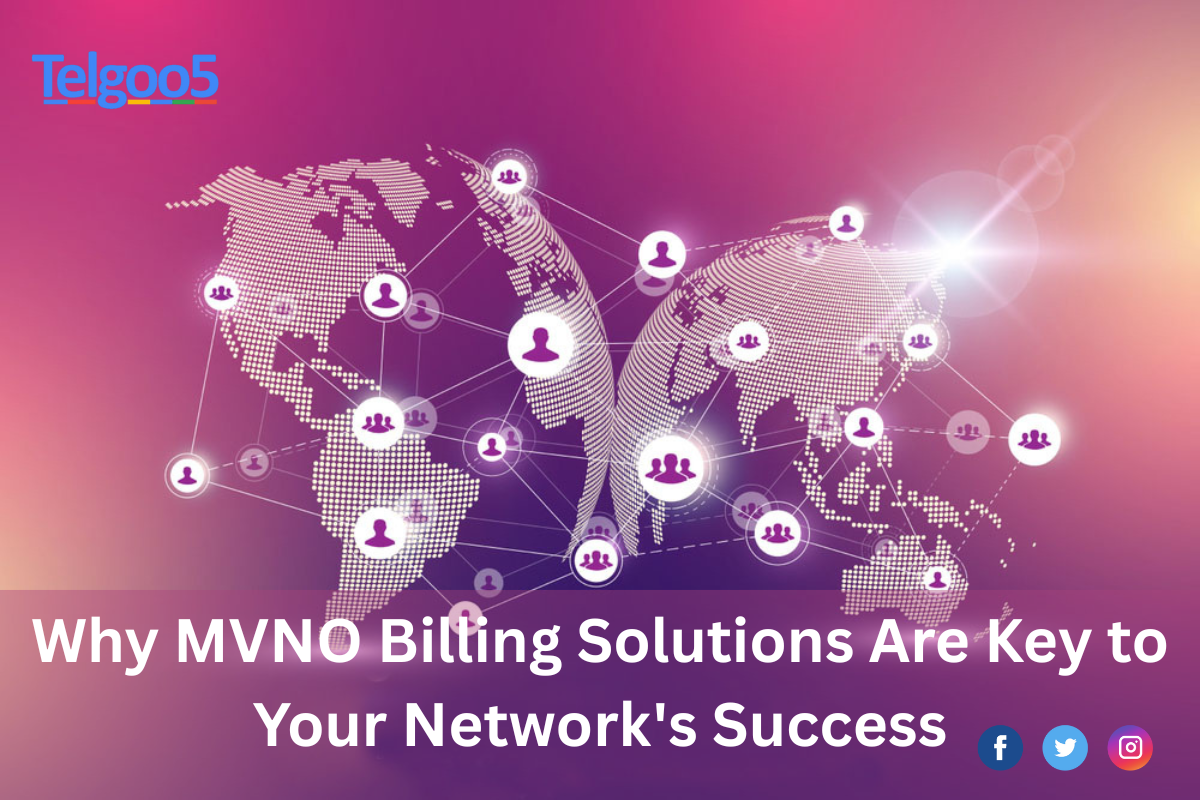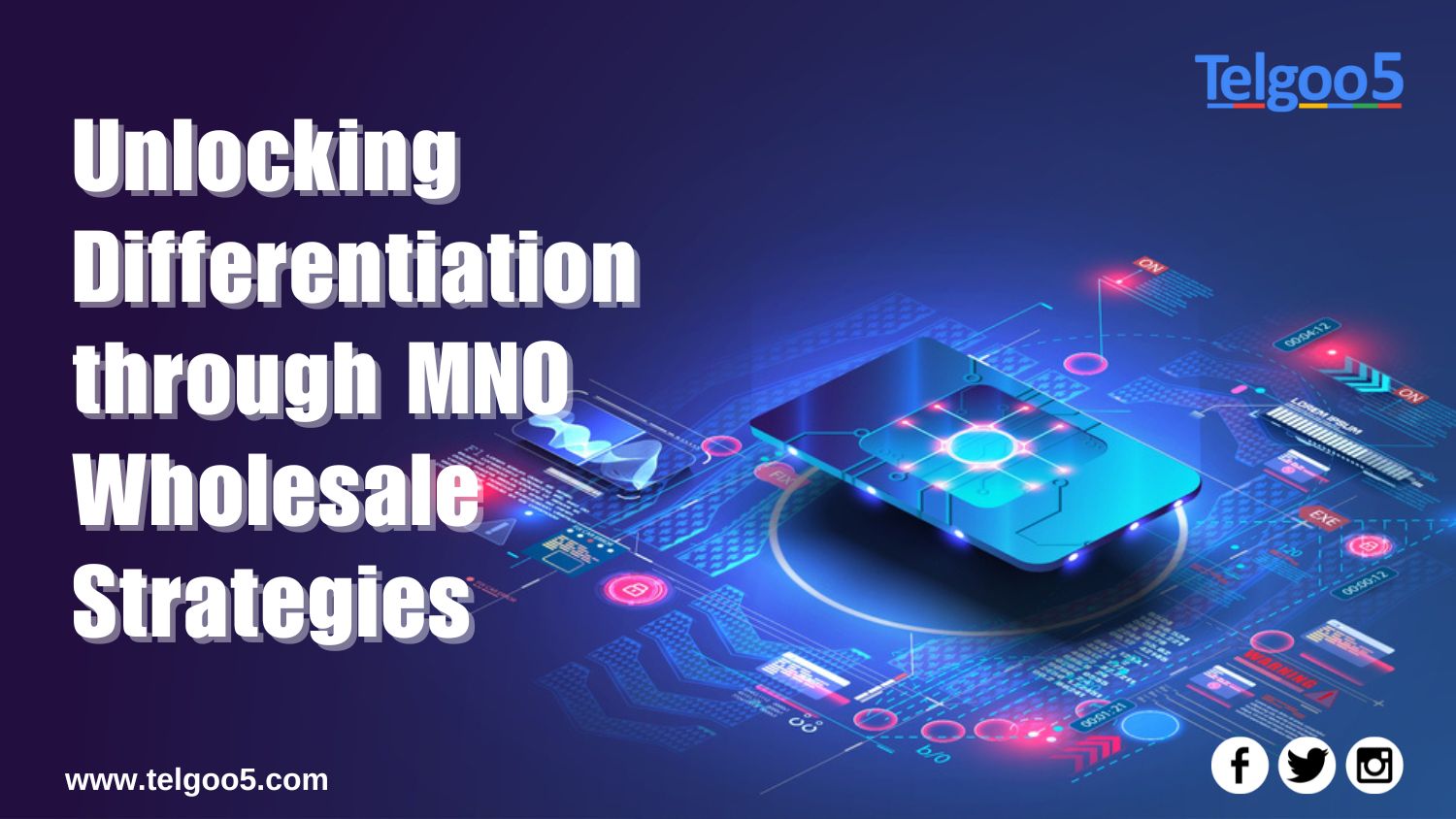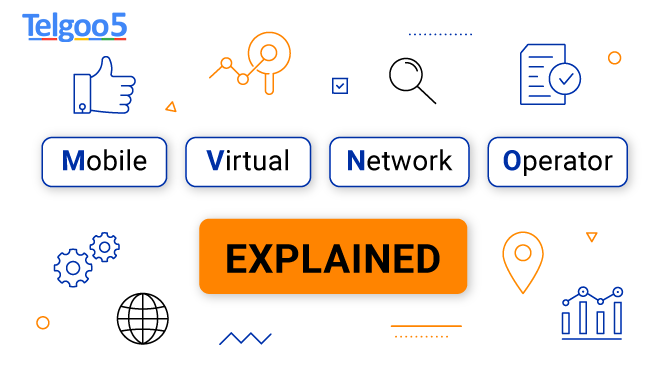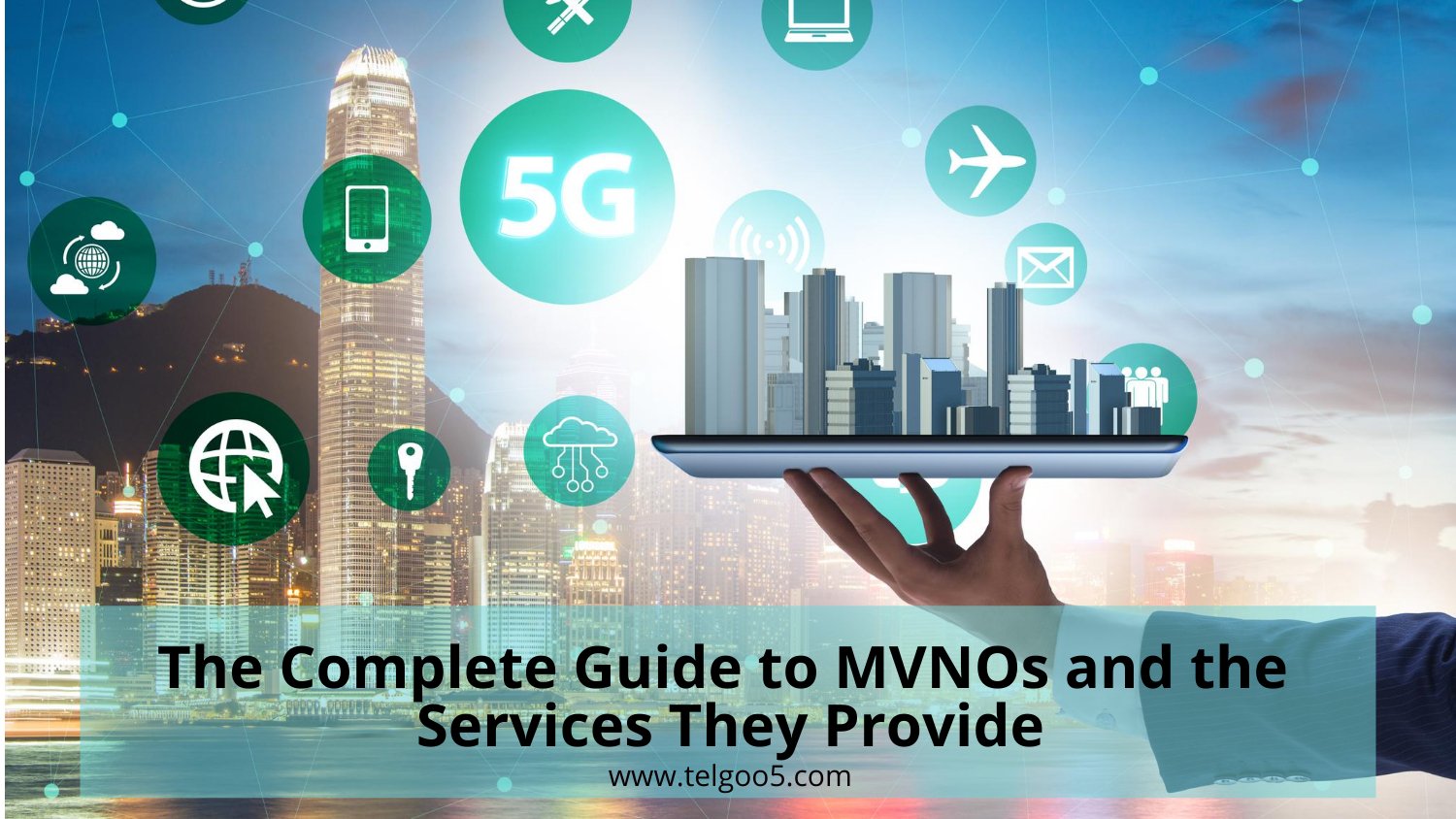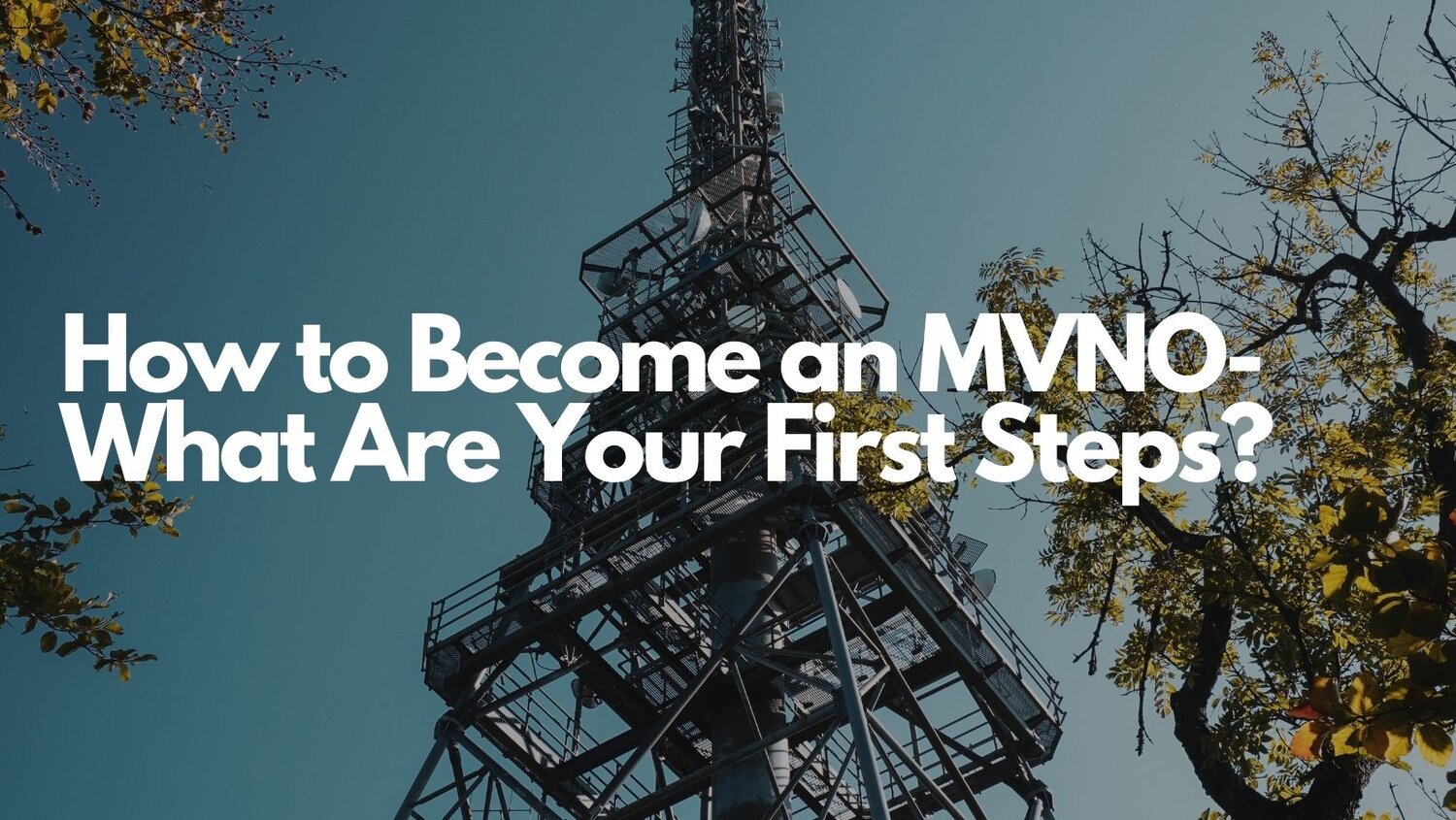mobile network operators
The world of mobile network operators: Discover who the key players are in the wireless communication industry.
Contact us today to get a consultation!
Send us a message to get answers to any of your questions & we'll get back to you within 24-48 hours or as soon as possible.


